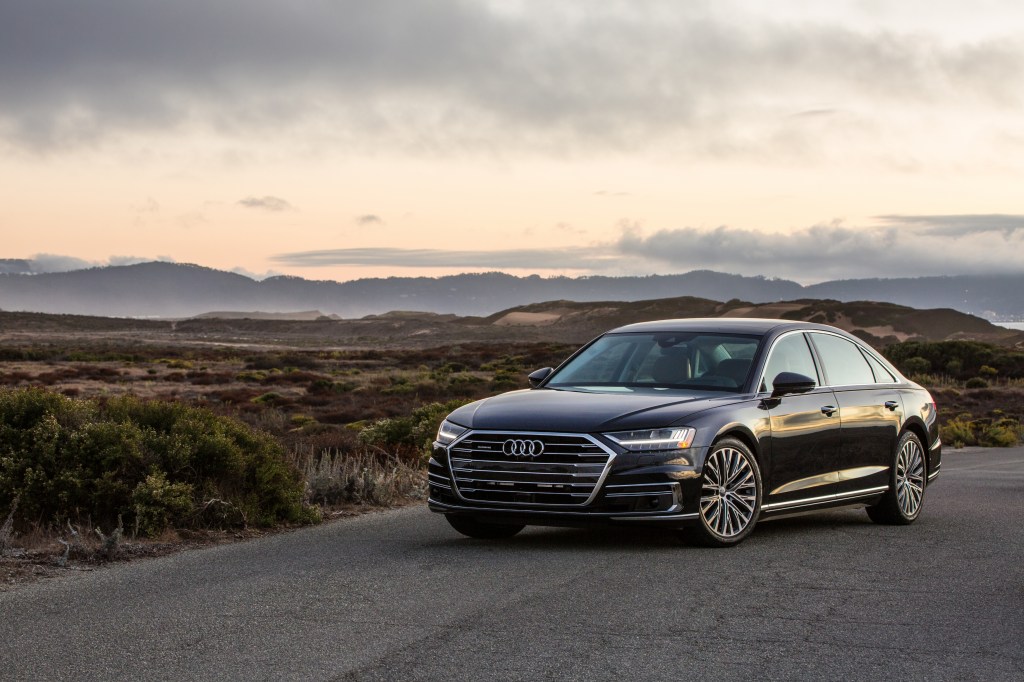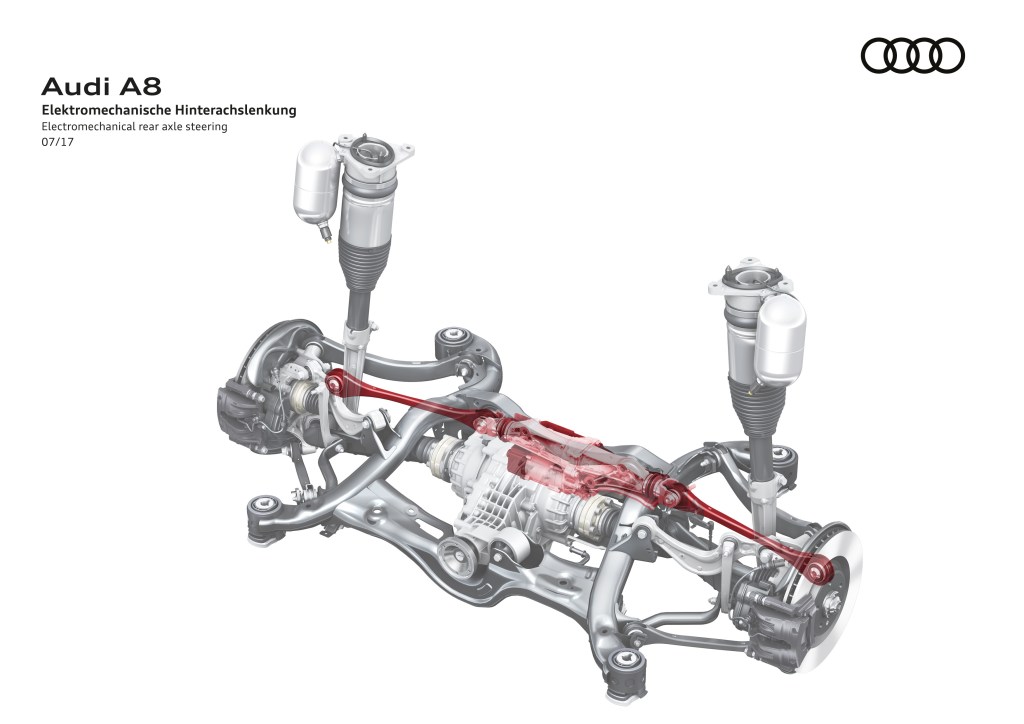
What Is All-Wheel Steering?
You have probably heard of rear-wheel or all-wheel drive, but have you heard of all-wheel steering? In essence, it’s what you think it is. The rear wheels steer just like the front wheels. After all, driving with all four wheels is better, so why not steer with all four of them? It’s an easy and tough question to answer. Let’s take a closer look and find out.
What is it?
All-wheel steering is when the driver can turn all four wheels when the steering wheel is turned in either direction. It might seem like a trivial feature to have, but there are good reasons for it. We found a few advantages for this mechanism from Oards.com:
- A smaller turning radius: A four-wheel steering system allows the vehicle to turn tighter in parking situations or in U-turns.
- More stability: Four-wheel steering allow for more control at higher speeds as it makes the vehicle easier to control.
- Better steering response: With all four wheels responding to your steering commands, a vehicle with four-wheel steering will feel much more responsive when the driver turns the wheel.
- Faster lane changes: When all four wheels are turning in the same direction, the vehicle will change lanes much quicker.
- More safety: A stable car is a safer car. Four-wheel steering can reduce a vehicle’s body roll, which could mean the difference between losing control going into a corner and getting into an accident, or not.

Low-speed turning
For cars equipped with all-wheel steering, like the Audi A8 for example, the two rear wheels turn in the opposite direction in low-speed cornering and maneuvers. When the rear wheels turn in the against the steering direction, it allows for quicker turn-in and reduces the overall turning circle by about one meter.
This is known as “counter-phase” steering because the rear wheels turn in the opposite direction of the front wheels and provide a smaller turning radius and better agility. This would be especially helpful for bigger vehicles like vans or large cars like the Audi A8.
High-speed turning
At higher speeds, typically over 30 to 40 mph, the rear wheels turn in the same direction as the front wheels. This is called “in-phase steering” as all four wheels turn toward the same direction at the same time.
The advantage of having all-wheel steering in a higher speed situation is that the vehicle will be more stable, like when changing lanes, and lean less when going through a high-speed corner. When the vehicle is turning at a high speed and all four wheels are turning, both axles share the force applied to the vehicle as opposed to just the front axles.
Are there any disadvantages?
Yes, time and money. According to Oards.com, a four-wheel steering mechanism is typically constructed of electrical and mechanical components. If one part of it failed, then it would likely cause the whole mechanism to fail and in turn, would take a long time to repair.
On top of repairing the system, the simple maintenance cost and initial buy-in are expensive. Manufacturing the parts needed for the system cost a lot as well as the supply of replacement parts for later down the road.

Is it worth it?
Not really, which is why you mostly see it on high-end luxury or sports cars. You can find all-wheel steering on cars like the Acura RLX, Audi A6, A7, and A8, a few different BMWs, a couple of Ferraris, and of course, the Nissan R34 Skyline GT-R.
It’s a feature that is nice to have, especially for high-speed driving or autocross-type courses, however, you can see why all cars don’t have all-wheel steering Although, it would be nice to have.



